It is true that urban transport is mostly subsidised in developed countries and operates in losses. This is true in mass transit schemes involving subways (metro), heavy rails and light rails, which are now invariably owned and operated by the governments. However, countries are now turning away from this heavily-subsidised model to privatisation as their state-owned transport enterprises are crumbling.
It is far too convenient to forget that enriched with taxation resources, these states could afford subsidies for mass transport. While having surplus revenue should not become an excuse for wasteful spending, in our case, the state does not have enough resources to even pay the salaries of its employees. Therefore, subsidy in our case should be considered a luxury which our state can ill afford.
Private ‘public’ goods
Urban transport service in the US and UK originated and flourished in 19th century purely with private investment, entrepreneurship and innovation. There was no government spending even in these ‘public’ goods. City of Boston had a train serving its suburbs in 1838. Chicago had opened the first electric-powered elevated train 1895, followed by an electric heavy-rail subway line in New York in 1904. Until the mid of the 20th century, these privately run services mainly comprised of commuter trains, streetcars and electric-powered elevated train and sprawled across the continent. However, all these companies were subject to excessive government regulation and taxation which contributed to their gradual decline.
The beginning of the end for private transit came in 1964 with the Urban Mass Transit Act. The act promised federal capital grants to any public agency that took over private transit companies. Within a decade, the private transit industry was virtually wiped out, replaced almost completely by tax-subsidised public agencies.
In some ways, investment by Bahria Town in public infrastructure such as roads and urban transport in Karachi is a true example of private-enterprise-driven public investment.
There is increasing evidence from the developed economies that government owned and operated urban transport schemes around the world are facing significant fiscal crises. The Chicago Transit Authority is “on the verge of collapse” as it needs $16 billion to rehabilitate its tracks and trains.
Similarly, the San Francisco BART system faces a $5.8 billion shortfall to replace worn-out equipment. New York’s Metropolitan Transportation Authority does not have the money to rehabilitate its system. It says it needs $30 billion for rehabilitation over the next 10 years, of which it has only $13 billion. As a result, it may need to cut subway, commuter rail, and bus service.
Buses can be run at an operative profit
It may be admissible that a mass urban transit scheme such as a subway or an inter-city railway system needs government subsidy. However, it is certainly not applicable on buses, which can be mostly owned and operated by the private sector. The example of Varan Bus Service in Rawalpindi Islamabad can be cited.
This entrepreneurial project was shut down by the government for political reasons several years ago. Such bus systems do not involve huge upfront costs unless a project is specifically designed to ensure a huge sunk investment. In fact, the bus companies replaced railroad companies in the developed world precisely because of their low cost, high flexibility characteristic.
One either has to try very hard, or be extremely dumb, or be a government agency to run a bus service in congested urban areas on an exclusively built road, virtually a monopoly, yet incur a loss on every single trip.
Only governments can achieve this feat. Instead of focusing on their core role-regulation, the government will now spend money and energy in defending its pet projects.
What the project should do?
The Metro Bus project needs to charge off-peak and peak hours differently, charge on zone bases, use its spaces on bus-bays for private commercials instead of political adverts, and raise the minimum tariff by at least 50%.
Otherwise, just a few years down the line, the government will be asking international lending agencies for technical assistance for its privatisation, which will also be quick to oblige and commission their consultants against millions of dollars in new loans.
The writer is founder and executive director of PRIME Institute, an independent think tank based in Islamabad
Published in The Express Tribune, July 13th, 2015.
Like Business on Facebook, follow @TribuneBiz on Twitter to stay informed and join in the conversation.
















1716095681-0/BeFunky-collage-(1)1716095681-0-270x192.webp)

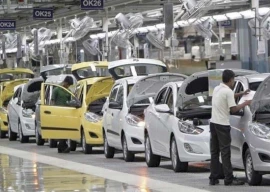
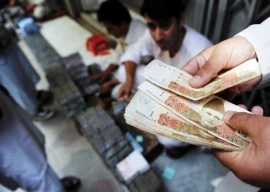
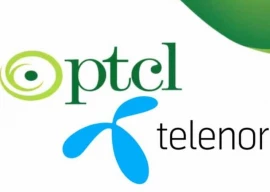
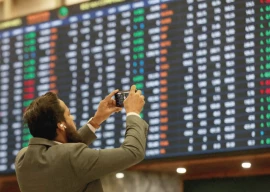

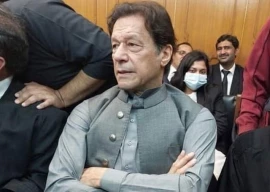
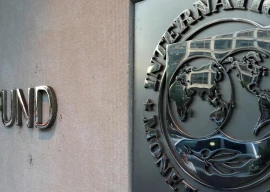









COMMENTS (1)
Comments are moderated and generally will be posted if they are on-topic and not abusive.
For more information, please see our Comments FAQ